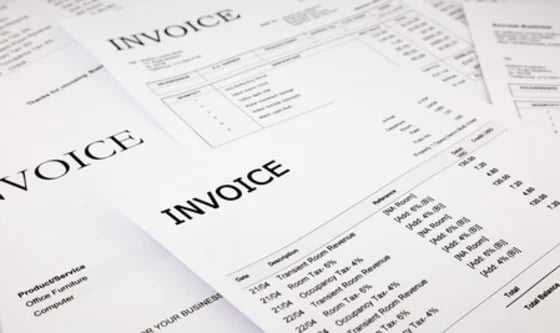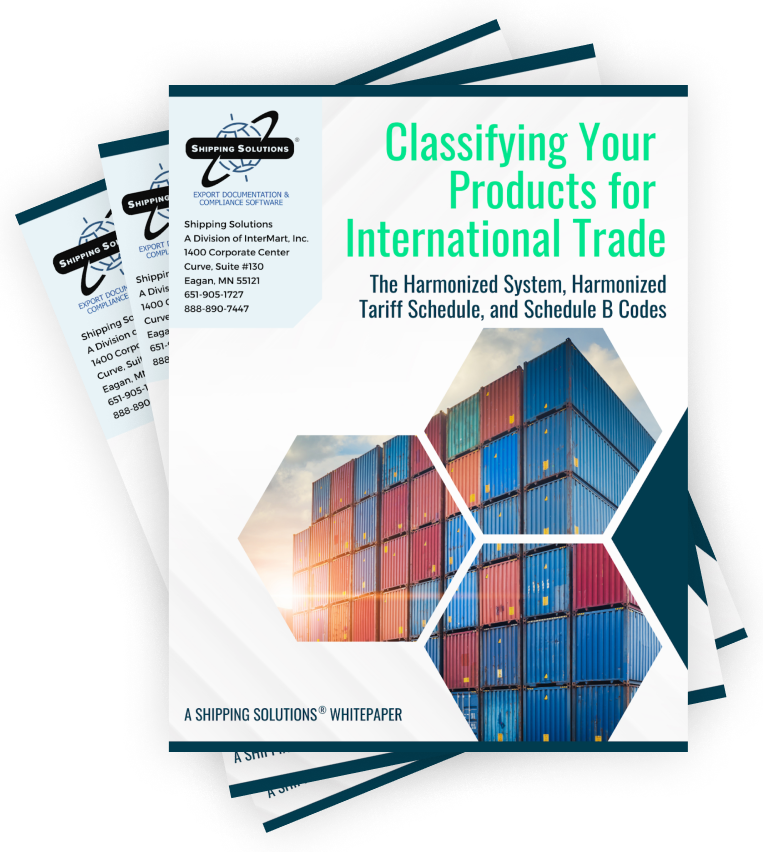The International Trade Blog Import Procedures
Everything Has a Value—to U.S. Customs
On: February 25, 2019 | By: Hank Selby | 6 min. read
 In my last article I discussed the importance of properly classifying products imported into the United States. As I stated, the Harmonized Tariff number determines the duty rate that U.S. Customs and Border Protection (CBP) applies to imported products.
In my last article I discussed the importance of properly classifying products imported into the United States. As I stated, the Harmonized Tariff number determines the duty rate that U.S. Customs and Border Protection (CBP) applies to imported products.
In this article, we look at additions to invoice value, subtractions from invoice value, and cases when the invoice value is not acceptable. In most cases, where items are dutiable, an ad valorem rate is applied; that is, a rate that is a percentage of the item’s dutiable value. This then brings up the question: How do you figure dutiable value? The answer to this question is not always simple or easy.
The U.S. Trade Agreements Act of 1979 set forth CBP regulations for appraising imported merchandise. The Act’s preferred method of appraisement is to use the transaction value of the imported merchandise. This is considered to be the price paid or payable for the merchandise on a FOB Foreign Port basis.
The problems for importers and customs brokers begin, however, when the commercial invoice from the foreign supplier either is not on a FOB Port basis or does not include all dutiable costs. Under the doctrine of informed compliance, an importer must correctly classify and value imported merchandise. In other words, all importers are required by law to understand what is dutiable and what is not.
This makes sense from a legal as well as a business point of view. Although you are required to pay the U.S. government 100% of the duties that are due, you certainly do not want to pay more than that!
Additions to Invoice Value
Beginning with the invoice price that you actually paid or need to pay to your foreign supplier, let’s look at what additional costs may be needed to add to determine the correct dutiable value:
- Any packing costs you incur that may have been billed separately, even by a different company! Yes, you have to pay duty on packing material!
- Any selling commission you pay since this actually adds to the cost of the product.
- Any royalty or license fee that you pay as a condition of the sale.
- The proceeds of any subsequent resale. For example, let’s say you imported an item with an invoice value of $5,000 under a consignment arrangement wherein you agreed to split any profits 50-50 with the seller. If you then sold the item for $10,000 and sent the seller $2,500, the dutiable value is $7,500, not $5,000.
- Any other types of payments you make as a condition of the sale. For example, if you purchased an extended warranty as part of the sales contract but were invoiced separately for it, then the price of that warranty is dutiable.
- Any type of an assist. There are several different types of assists, but in all cases they are merchandise or other types of production assistance given to your supplier at no charge. Here’s a common example: If you supply molds to a foreign producer to make your widgets, you have to declare the value of those molds in addition to the invoice value of the widgets.
Assists are an extremely complicated subject, and there is not enough space here to cover them in detail. However, if you are providing anything of value to your supplier, you should check with your broker to determine if you need to declare an assist.
Subtractions from Invoice Value
Now let’s look at what you can potentially deduct from the invoice price:
1. Any cost that has been charged in addition to the FOB Foreign Port value of your product.
If you purchased a product on a CIF (Cost, Insurance, and Freight) USA Port basis, you have paid for marine or air freight as well as marine insurance. Your broker can deduct these items from the value that is declared on your customs entry. These are called non-dutiable charges or NDCs.
There is a trick to this, however; they cannot be estimated or just given to the broker verbally. Before the NDC can be deducted, the broker is required to have objective evidence, such as a rated bill of lading or a separate line item on the commercial invoice along with appropriate backup. If you cannot establish the NDCs in this manner, you will have to pay duties on the entire CIF value.
2. You do not have to pay duty when there are other charges or costs that occur after the goods have been imported if they are part of the total invoice value and they can be identified separately.
In the case of a DAP (Delivered At Place) shipment, for example, the cost of transporting the goods to your premises may be included in the selling price. If this cost can be established separately, with rated truck bills or a similar breakdown as above, then it too can be a NDC.
Another example is the cost for assembly, maintenance, technical support or similar service added into the invoice. Again, it has to be identified separately to be deductible.
3. Lastly, you can deduct CBP duties and other taxes if they are included on your commercial invoice.
If you are buying wine on a DDP (Delivered Duty Paid) basis, for example, you would have potential deductions for:
- Ocean freight
- U.S. terminal handling fees
- Insurance
- Handling/brokerage fees
- Customs duties
- Federal excise taxes
- U.S. inland freight
All these deductions can apply to the extent they are included in the commercial invoice and can be separately identified.
When Invoice Value May Not Be Acceptable
All of the above valuation procedures apply in almost every case where there is a readily established transaction value. When the value is not readily established, CBP requires other methods of appraising the value of your goods.
Related party transactions are the number one reason CBP might not accept the invoice value as a starting point for appraisement. If you are buying from a related company, then you have to declare this on your customs entry. In these cases, different rules apply to your transaction.
Customs can apply several valuation tests, but in a nutshell, you are required to pay duties on the value of an identical or similar transaction between unrelated parties. So, even if you have gotten a real steal from your parent company, CBP will insist that the appraised value (i.e., the dutiable value) reflects the actual commercial value of the products.
There is one more valuation issue than can cause importers real problems: samples and promotional material that are sent at reduced or no cost. Often suppliers will stick some samples or promotional items in a container and include them on the commercial invoice as no cost, or worse yet, not include them on the invoice at all!
In all these cases, not only must you declare and classify these items, you must assign a customs value. The phrase: “Samples with no commercial value; value for customs purposes only: $xxxx” is perfectly acceptable. You will just have to pay duty on the customs value. Likewise if you are receiving warranty merchandise at a reduced value, it is still dutiable at the full commercial value.
In the webinar What You Need to Know About Exporting Samples and Repaired Goods, Robert Imbriani explains more about describing and assigning a value to samples on your commercial invoice. Watch the clip below to learn more and then watch the entire webinar here.
Three Things to Remember
- Always make sure your broker knows if there are any additions to the invoice value that have to be declared to CBP. Most of the time you will need to tell the broker about the additions since he or she usually only sees what is on the commercial invoice.
- Make sure your seller provides you with the proper information so you can take 100 percent of the NDCs legally available to you. After all, it’s your money!
- Don’t think there are any freebies when it comes to CBP and proper valuation of samples and warranty merchandise. Remember, everything has a value to U.S. Customs!
This article was first published in January 2002 and has been updated to include current information, links and formatting.
About the Author: Hank Selby
Hank is manager of international logistics and compliance at Reynolds/Pactiv.



